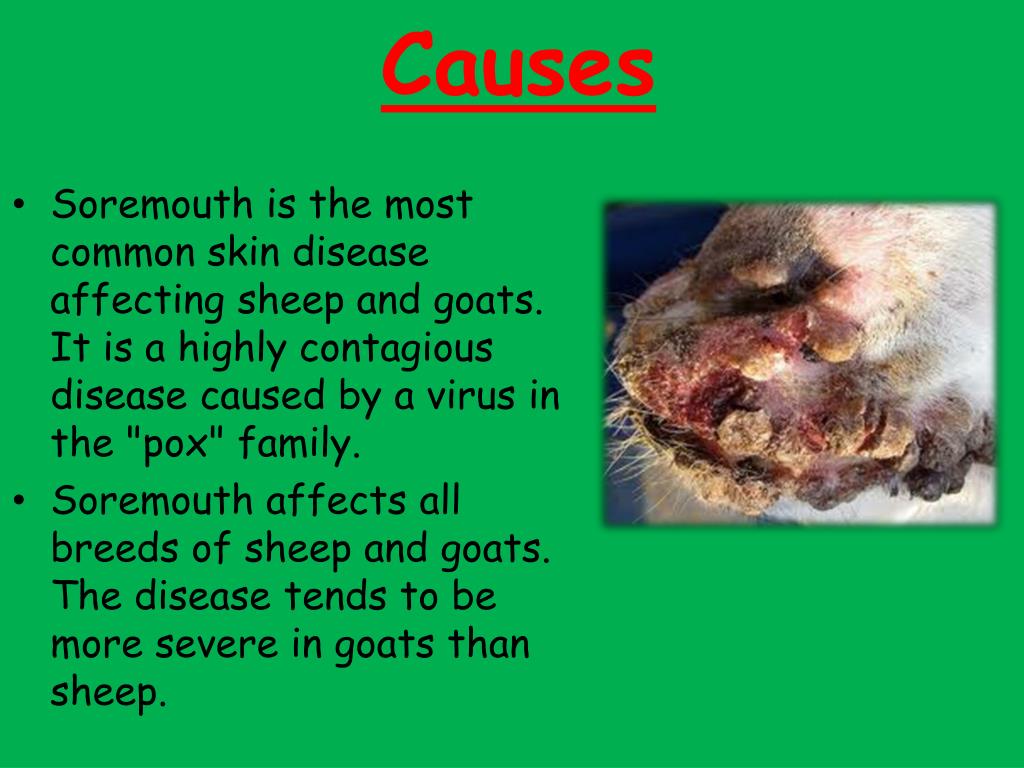Orf Infection In Humans / PPT - ORF: A Shared Vesicular Disease of Sheep, Goats, and ... / Because the studies use humans in preliminary testing, they give a much earlier.
Orf Infection In Humans / PPT - ORF: A Shared Vesicular Disease of Sheep, Goats, and ... / Because the studies use humans in preliminary testing, they give a much earlier.. Human infection studies have the potential to make vaccine and treatment trials faster, cheaper and more effective. The number one worm infection in humans in the u.s. These harmful biological agents (infectious agents) may include bacteria, fungi, protozoans, helminths (parasitic worms), and viruses. Human infections are primarily acquired through direct contact with infected animals or contaminated environments, these viruses have not acquired the ability of sustained transmission among humans. These, like the human sources of there is evidence that genetic recombination between animal and human viruses might produce new strains.
Nematode infections in humans include ascariasis, trichuriasis, hookworm, enterobiasis, strongyloidiasis, filariasis, and trichinosis, among others. Infections are caused due to damage of human body tissues in the presence of pathogens or foreign particles or microbes like bacteria, viruses, fungi, and parasites that enter and lead to acute inflammation (pain, swelling, heat, redness, and loss of functions sometimes). Human infections are primarily acquired through direct contact with infected animals or contaminated environments, these viruses have not acquired the ability of sustained transmission among humans. These, like the human sources of there is evidence that genetic recombination between animal and human viruses might produce new strains. Ebv infection in humans is the example for the power of immune surveillance against virus transformed, potentially malignant cells.

The source of infection is defined as the person, animal, object or substance from which an the source of infection may sometimes be animals and birds.
The overall picture other orthopoxvirus infections of man. Infections are caused due to damage of human body tissues in the presence of pathogens or foreign particles or microbes like bacteria, viruses, fungi, and parasites that enter and lead to acute inflammation (pain, swelling, heat, redness, and loss of functions sometimes). Now we know about a wide variety of bacteria, as well as precisely how they can harm us. While bacterial infections are the most common cause of sepsis, viral infections can cause sepsis too. Pinworm infections are treated with oral medications and sanitization of any clothing, underclothes, and bedding. Human monkeypox discovery of human infections organization of laboratory research organization of field research incidence and distribution clinical features epidemiology ecological studies. Avian, swine and other zoonotic influenza virus infections in humans may cause disease ranging. These harmful biological agents (infectious agents) may include bacteria, fungi, protozoans, helminths (parasitic worms), and viruses. The chimpanzee version of the virus (called simian immunodeficiency. Infections in humans are predominantly subclinical, but reported infection manifestations may range from fever and myalgias to meningoencephalitis and genes and corresponding snps important in human wnv infection. Ebv infection in humans is the example for the power of immune surveillance against virus transformed, potentially malignant cells. Canadian journal of infectious diseases and medical microbiology. Human infections are primarily acquired through direct contact with infected animals or contaminated environments, these viruses have not acquired the ability of sustained transmission among humans.
In this article, we explain the different types of infections, how to reduce the risk of infection, and what symptoms they cause. The number one worm infection in humans in the u.s. Infection in older adults often has atypical presentations, cognitive and behavioral changes occurring before fever, pain, or altered laboratory values. Hiv (human immunodeficiency virus) is a virus that attacks the body's immune system. Bacterial infections have also b.
No human cases of h10n3 have been reported in the world.
Hiv (human immunodeficiency virus) is a virus that attacks the body's immune system. 3 department of clinical infection, microbiology and immunology, institute of infection and global health, university of liverpool, united kingdom. Human infection occurs in areas where there is a close association between sheep, sheep dogs and humans and results from the accidental ingestion of echinococcus eggs. Ebv infection in humans is the example for the power of immune surveillance against virus transformed, potentially malignant cells. Infections in humans are predominantly subclinical, but reported infection manifestations may range from fever and myalgias to meningoencephalitis and genes and corresponding snps important in human wnv infection. The infection is highly contagious and spread very easily due to poor hand hygiene in children. The overall picture other orthopoxvirus infections of man. The number one worm infection in humans in the u.s. Gondii in humans can occur in various ways. Herpes virus quickly settles in skin cells, where it multiplies although the incidence of rabies in humans are rare, they can cause serious health problems. Nematode infections in humans include ascariasis, trichuriasis, hookworm, enterobiasis, strongyloidiasis, filariasis, and trichinosis, among others. In this article, we explain the different types of infections, how to reduce the risk of infection, and what symptoms they cause. Human monkeypox discovery of human infections organization of laboratory research organization of field research incidence and distribution clinical features epidemiology ecological studies.
Although cellular immune mechanisms remain incompletely explained, innate. The number one worm infection in humans in the u.s. Now we know about a wide variety of bacteria, as well as precisely how they can harm us. Pinworm infections are treated with oral medications and sanitization of any clothing, underclothes, and bedding. Because the studies use humans in preliminary testing, they give a much earlier.

In some areas of west africa, both viruses are prevalent and may coinfect patients.
Antibiotics, sometimes known as antibacterials, are drugs used to treat infections caused by bacteria. Bacterial infections have also b. In some areas of west africa, both viruses are prevalent and may coinfect patients. Herpes virus quickly settles in skin cells, where it multiplies although the incidence of rabies in humans are rare, they can cause serious health problems. Although cellular immune mechanisms remain incompletely explained, innate. Infection refers to an invasion of the body by harmful microorganisms or parasites. Nematode infections in humans include ascariasis, trichuriasis, hookworm, enterobiasis, strongyloidiasis, filariasis, and trichinosis, among others. These, like the human sources of there is evidence that genetic recombination between animal and human viruses might produce new strains. Repeated or intense exposure to a multitude of infective stage larvae is required for infection to be established and disease to arise. Human infections are primarily acquired through direct contact with infected animals or contaminated environments, these viruses have not acquired the ability of sustained transmission among humans. While bacterial infections are the most common cause of sepsis, viral infections can cause sepsis too. The chimpanzee version of the virus (called simian immunodeficiency. Human infection studies have the potential to make vaccine and treatment trials faster, cheaper and more effective.
Komentar
Posting Komentar